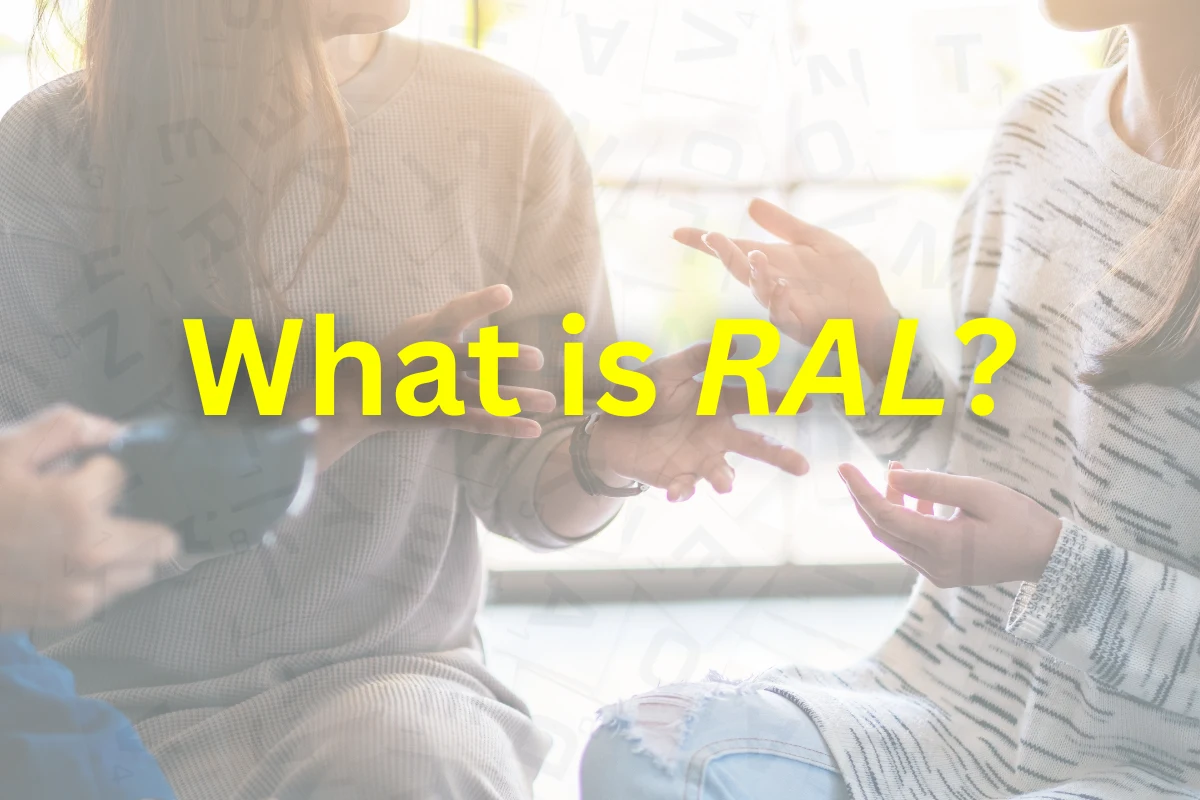What is Residential Assisted Living?
Residential Assisted Living (RAL), is a type of housing specifically designed for older adults who need assistance with daily activities, but not to the extent that requires a nursing home. These facilities offer a blend of residential living with personalized care services.
A Shift in Terminology
The terms senior housing and assisted living are becoming more prevalent, indicating a broader understanding of this type of real estate vis a vis various senior needs. The shift in language reflects an inclusive approach to addressing diverse requirements; it includes everything from minimal assistance (“independent living”) to “memory care” or other intensive medical supervision.
The Significance of Residential Assisted Living in Real Estate
There’s a Growing Demand in the Bay Area, and across the US. The Bay Area, like much of the US, is experiencing a boom in its aging population. According to the Public Policy Institute of California, our state’s population of 65+ will grow nearly twice as fast as the total population by 2030. As you can imagine, this demographic shift significantly increases the demand for senior housing, assisted living and skilled nursing. On top of that, the Bay Area’s high cost of living limits traditional retirement options for many people, further bolstering the need for more and varied options. But are they coming?
This situation has created a niche in the real estate market that offers significant investment opportunities, especially in the Bay Area. Commercial real estate reports indicate that more and more facilities in high-cost urban areas like San Francisco are being developed. There is a huge demand for services catering to affluent retirees. Despite high initial investment costs these facilities tend to appreciate, and high returns lure investors. As for everyone else, well, it’s complicated.
Economic Trends Affecting RAL
Economic trends continue to shape the landscape of Residential Assisted Living (RAL) facilities. With the U.S. facing varying inflation rates, affordability of RAL facilities is a pressing concern. Market reports from 2025 indicate that fluctuations in real estate prices have made finding financially viable locations for new facilities more challenging. This has also introduced opportunities for developers to innovate in pushing for cost-effective construction solutions. Awareness of these economic factors is very important for investors and developers to harness potential growth sectors within this changing market.
Who Can Afford Senior Housing?
Many seniors don’t have sufficient income or savings to comfortably afford the high costs of assisted living in the Bay Area. Those without long-term care insurance or significant retirement savings may find it particularly challenging. Relying primarily on Social Security or modest pensions won’t be enough. MediCal might cover some costs for eligible low-income seniors, but not all facilities accept MediCal or Medicaid, the national program. Do your research. Medicaid may cover skilled nursing or home health services used while living in an Assisted Living facility. And some supplemental insurance or Medicare Advantage plans may help cover the cost of long-term care. Plans vary, and all of this requires careful reading.
For the few subsidized housing options available, long waiting lists and lack of amenities can be discouraging. Veterans have access to additional benefits, such as facilities that offer affordable long-term care to aged and disabled veterans, as well as their eligible spouses and domestic partners. (Check with the VA for all their programs). Look for a good fit. Some facilities offer tiered pricing based on the level of care and services needed, which can provide more affordable options for seniors who require less assistance.
Luxury assisted living in the Bay Area can be expensive, well beyond the reach of many elders, as these facilities are private-pay only. To see what your options are, I’ll add resource links below. A geriatric care manager may also be useful. The key is thorough research and early planning to find a suitable and affordable facility.
Many seniors have accrued a lot of equity in their personal residences and will sell their homes to move into an assisted living community.
Financial Assistance Programs for Seniors
Financial support programs play a significant role in making RAL facilities accessible to more seniors. State and federal initiatives such as the HUD Section 202 Supportive Housing for the Elderly Program provide necessary assistance in funding appropriate living options for low-income seniors. Eligibility criteria are often based on factors like income level, which makes these programs a lifeline for those unable to meet the financial demands of private-pay facilities. Understanding and leveraging these programs can dramatically alter one’s ability to afford quality senior housing.
Tech-Assisted Senior Living
Senior facilities in the Bay Area are beginning to form partnerships with local healthcare providers to offer comprehensive medical care. And being tech-savvy, they are likely to incorporate advanced technologies for health monitoring and resident safety. For example, wearable devices can now monitor vital signs like heart rate, sleep patterns, and physical activity, alerting staff to significant changes that might indicate a health issue. Cameras can be placed in living spaces (not bedrooms) to discreetly monitor movement and activity, helping to ensure residents’ safety and well-being.
In the future it may be that facilities provide tablets or other smart devices to make video calls, messaging, and social media access easier. And it likely won’t be long before smart technologies, like voice-activated assistants and automated lighting or temperature controls, will make daily life more comfortable and controllable. Besides entertainment and relaxation, some have comprehensive meal plans, fall detection and enhanced security is often tied to tech solutions. Even an Apple watch can alert staff and family to a fall. I also imagine medication dispensers will alert residents when it’s time to take their meds, automatically dispensing the correct dosages. And since COVID, we know that patient questions or non-emergency consultations can be handled using telemedicine. I hope that the integration of these technologies in elder living facilities will bring about a more interactive, safe, and health-focused environment for the elderly. Of course, many of these technologies can also help an elder remain in their home.
Beyond cutting-edge tech, many RAL facilities are integrating health and wellness programs to enhance resident quality of life. Structured physical activities, mental health workshops, and partnerships with local healthcare providers comprise a thorough approach to senior care. Such efforts not only align with modern senior living expectations but also contribute to improved physical and mental well-being, adding appeal to RAL options.
Regulation Challenges in RAL Development
Developing RAL facilities entails navigating a complex regulatory framework. State regulations on zoning, building codes, and licensing often vary significantly, impacting how these establishments are constructed and operated. In states like California, developers face stringent requirements designed to protect resident safety and accessibility. Reports highlight that meeting these regulations can extend project timelines and escalate costs. Consequently, it is critical to understand and comply with these rules for any new RAL development projects, ensuring both safety and financial feasibility.
Cultural and Social Activities in RAL
Activities that promote cultural and social engagement are integral in enhancing the experience within RAL facilities. These activities, ranging from community events to art and music therapy sessions, foster a lively communal atmosphere. Many facilities collaborate with local artists or organizations to offer workshops and social events that enrich residents’ lives. Participation in such initiatives is linked to improved mental health and increased levels of happiness among residents, contributing positively to their overall living experience.
The Bay Area Senior Living Landscape
California is regulated by the Dept of Social Services and the Dept of Health (for skilled nursing). Regulations include licensing requirements, staff-to-resident ratios, and specific care standards. Keeping abreast of these regulations is crucial for operators. Not all facilities are the same and have the same moral fiber–this is why research into good care is so important.
In addition, adhering to specific building codes that cater to the needs of the elderly, such as accessibility features, is a significant consideration in the Bay Area due to its unique topography and high-density urban planning. To find good ratings for local long-term care facilities, look here https://callongtermcarecompare.org/.
A few cities in the Bay Area receive subsidies for developing elder housing, acknowledging our growing need. For example, Oakland has been awarded significant funding for developing affordable housing units. Notable projects include Longfellow Corner, featuring 76 affordable units, and Lake Merritt BART Senior Housing, with 97 affordable units. In San Leandro there is a specific focus on elder housing as part of a larger transit-oriented, affordable housing development. The project, sponsored by BRIDGE Housing Corporation, is transforming an existing BART lot into a residential community with commercial space and parking.
Across the nine counties of the Bay Area, there are plans for numerous affordable housing developments. This includes thousands of affordable homes in Santa Clara County, Alameda County, San Francisco City and County, and Sonoma County, but the extent to which elder housing will be addressed remains to be seen.
A recent local trend is integrating “mindful aging” facilities into broader community settings, facilitating greater social interaction and access to community resources. One such effort coming soon to Healdsburg has gotten a lot of press as it grows. See https://enso.kendal.org/ for more information. Additionally I’ve heard talk of intergenerational communities that have adaptations for elders where families with young children also live. Such developments have worked well in Scandinavia, for example, allowing kids and elders to interact everyday and form meaningful relationships.

